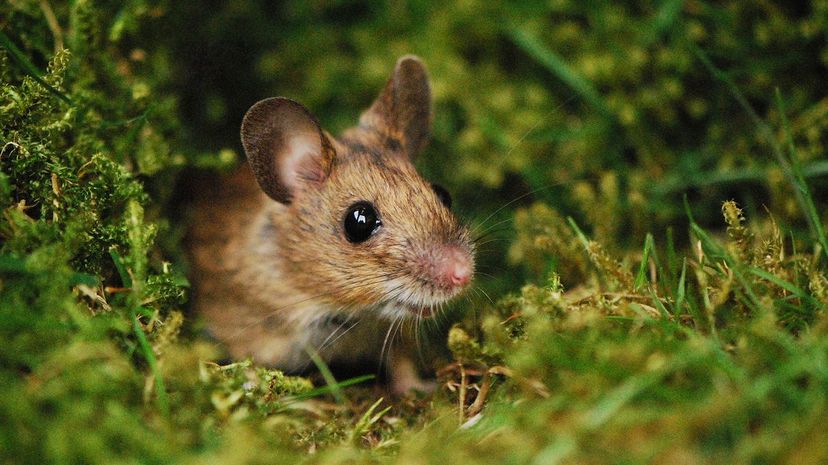
About This Quiz
People prefer to think that we have physically separated ourselves from the animal kingdom both in terms of our abilities and physically, but that's not entirely true. Not only are we very alike, but we also aren't that far apart. Anyone with a backyard or even a nearby park can attest to spotting animals among human beings.
The animals we encounter in our "human environments" are greater in number and variety than one would imagine, with stealthy creatures adapted to hide from us, tiny creatures adapted to hide from everyone and animals that camouflage themselves as part of the setting or each other.
Were one to spend 24 hours in one's backyard, one would see all manner of mammals, arachnids, insects, birds and more. Some backyard animals crawl on or in the ground, while others live in the trees, on the ground or they inhabit the air. Some might even live in your home, venturing into the backyard to hunt or scavenge for food. The type of backyard animal you see will likely depend on how rural the setting in which you live is and which part of the UK you call home. Do you think you can recognize all the kinds of creatures one might see wandering through one's abode?
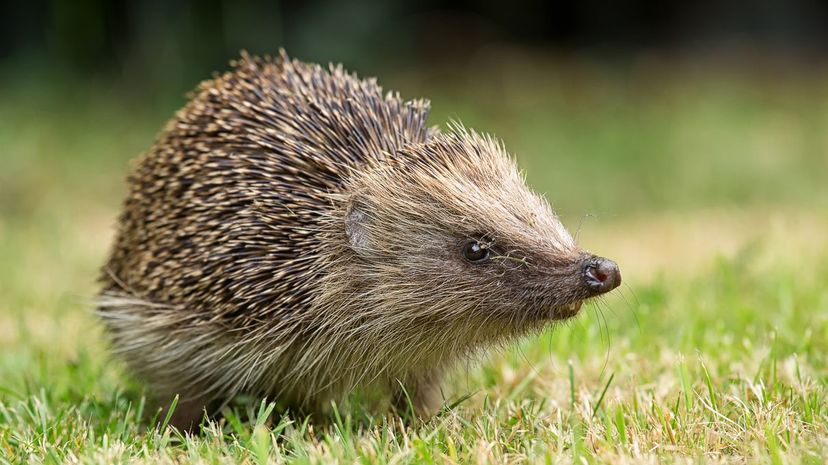
The hedgehog, which is a relation of the gymnure, is an omnivorous creature that eats slugs, insects, and certain plants. Covered with straight spines that are not barbed or poisoned, these cute creatures are safe even when in hibernation.
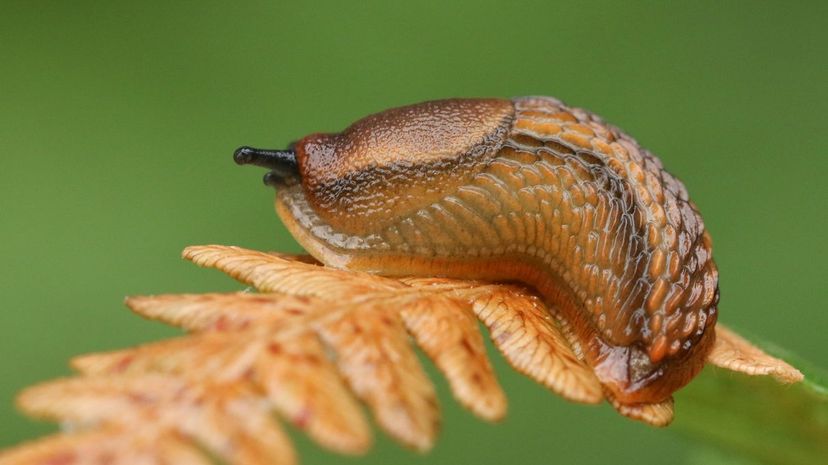
Slugs are as alien and ancient a cousin of ours as possible in the animal kingdom. In fact, many people do not even recognize slugs as animals if they see them when they are still. Slugs are harmless to humans but like to eat plants, so keep them out of your garden!
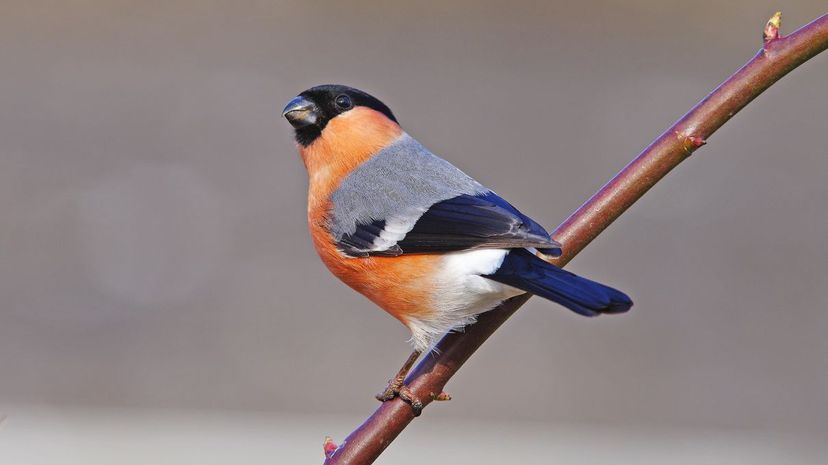
The finches, which are between 4 and 10 inches long, sound like an ancient measurement but are, in fact, a bird that feeds on seeds, berries, and the occasional arthropod. Their coloration varies based on the type, but the distribution of the colors tends to be uniform.
Advertisement
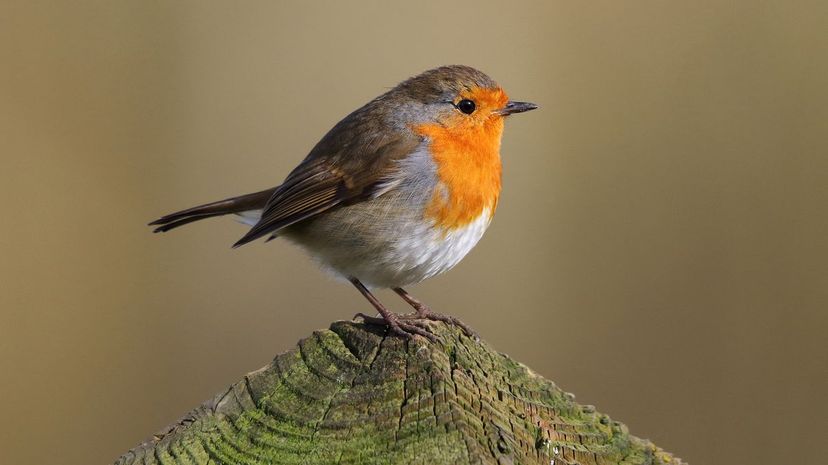
Robins, which are colloquially known as a kind of songbird, are a small, pretty perching bird one might encounter in one's back yard. They're very helpful to us humans, as they feed mostly on insects!
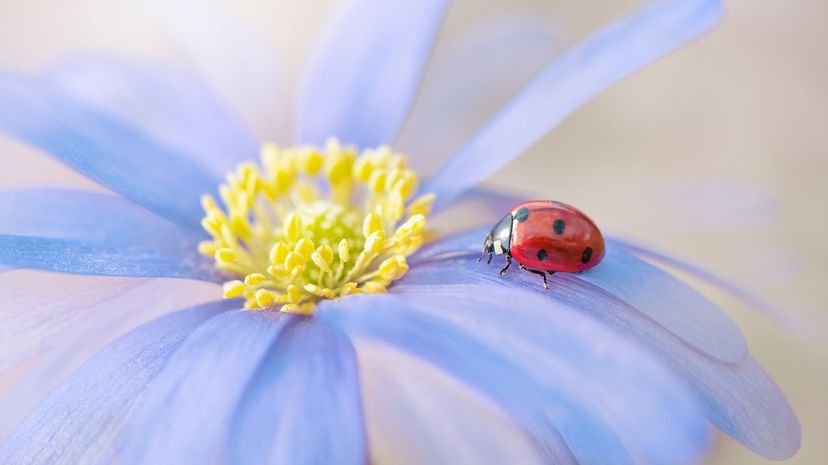
"Ladybird" really does sound better than "Coccinellidae," doesn't it? Despite their name, these creatures aren't all female. They eat plant matter and only become problematic when their natural predators are killed off.
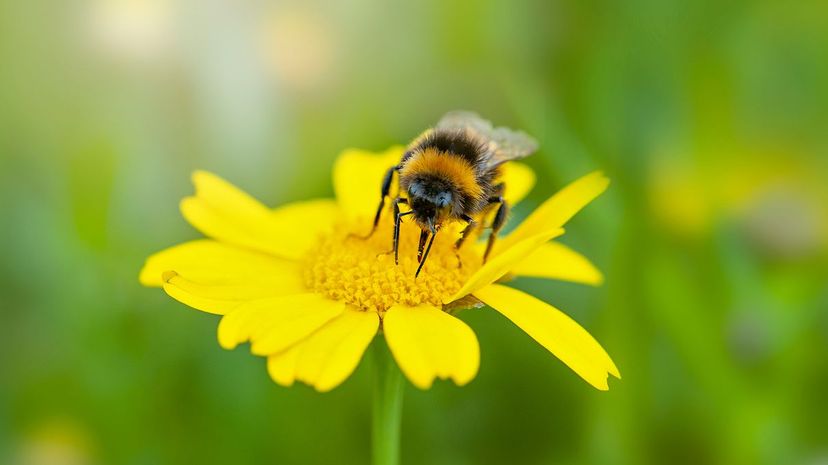
Honeybees are indeed tremendously important to humanity as we use them to pollinate our crops. A recent theory gaining traction as to why they are disappearing is that, due to breeding with types of bees from all over the world, bee illnesses that were once confined to small regions have spread.
Advertisement
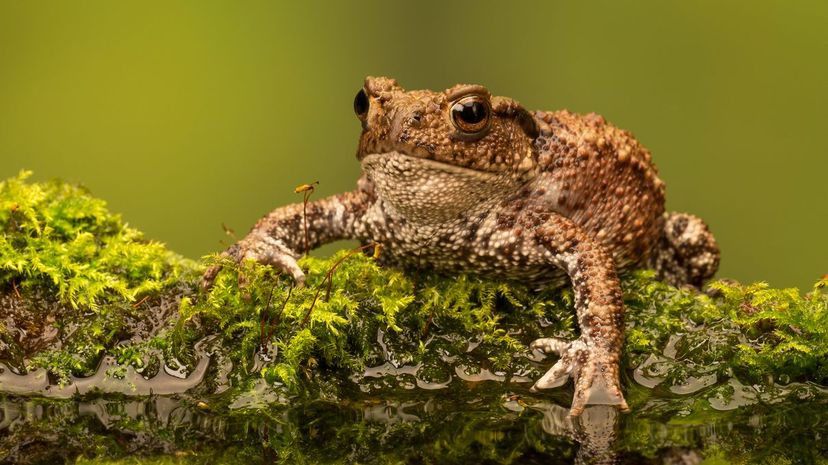
Toads, which are recognizable by their dry, tough skin and tendency to live on land, are functionally not that different from frogs at all. In fact, science doesn't really distinguish them as separate species, but people do. If you see one, be kind and let it hop away.

The common frog is part of a huge family of frogs that have found niche environments all over the world. The common frog has evolved to blend into the environment, but its poisonous cousins in far-flung corners of the world evolved bright colors to warn predators not to bother.
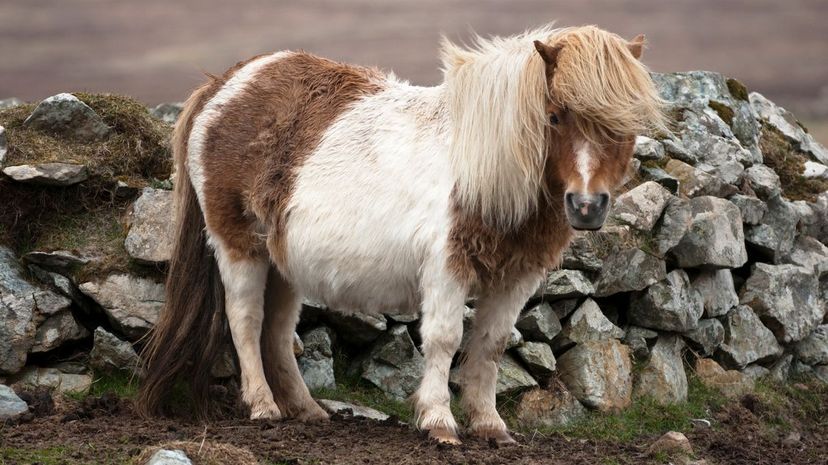
Originating in the Shetland Isles, the Shetland pony is a small pony that has come to the present day thanks to a combination of selective breeding and natural evolution. Some Shetland ponies appear to live wild (though are actually privately owned and tended to) and may wander onto private property to graze.
Advertisement
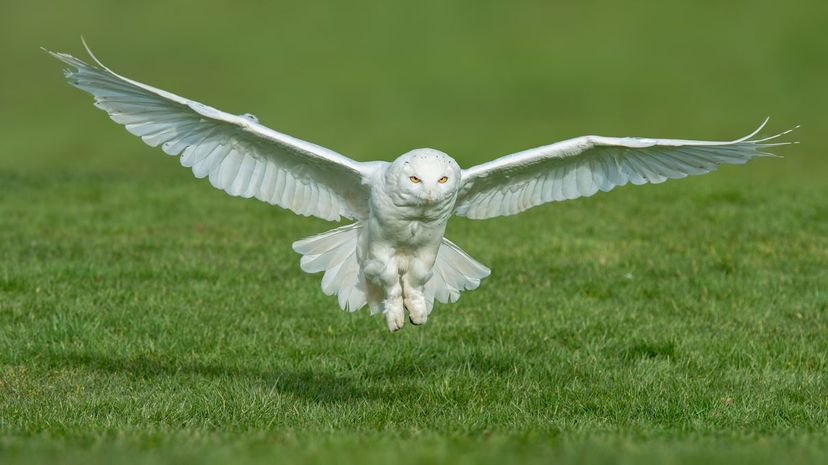
The snowy owl is a species of owl widely distributed high in the north of the world, with many areas of the arctic part of its territory. It can be found in the UK from time to time, especially in the north.
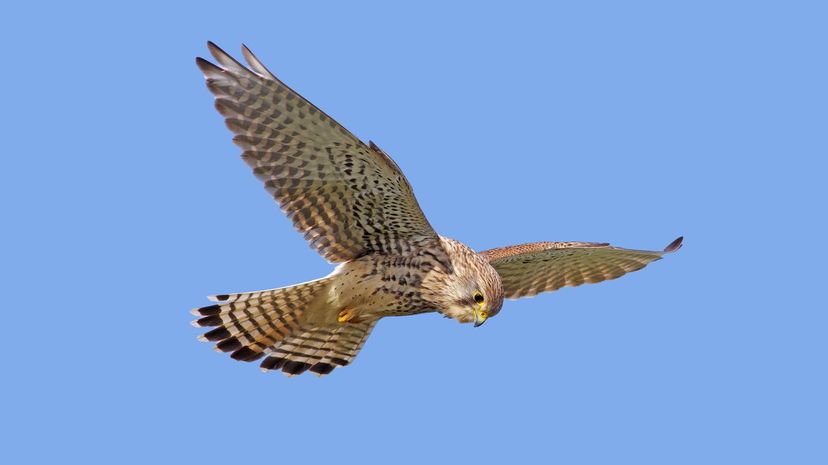
Kestrels have made the UK their home for a very long time, and are prized by those who practice falconry. They are remarkable birds of prey, with the ability to hover in the air, even when the air is still, allowing them to survey an area without having to move around it.
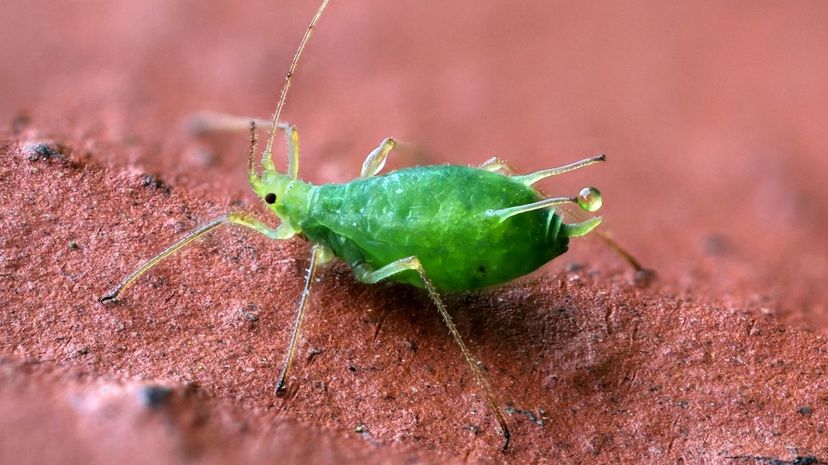
Aphids are among the most destructive insects. Specifically, they are harmful to plants (including the ones in your garden) for two reasons: they survive by drinking plant sap like little vegan vampires, and they transmit plant diseases by doing this.
Advertisement
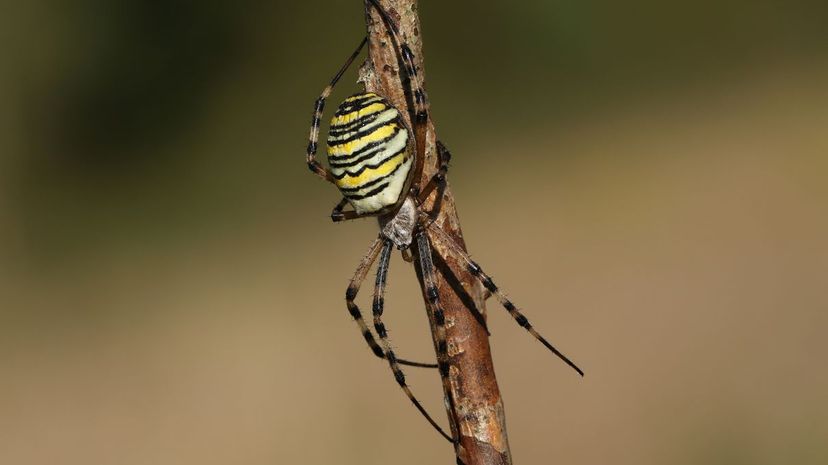
Spiders may seem scary, but consider how important they are. They eat insects they catch in their webs, which, depending on where you live, could include midges, horse flies or other pests. If you see one and it's not a problem for you or your family, best to leave it alone.
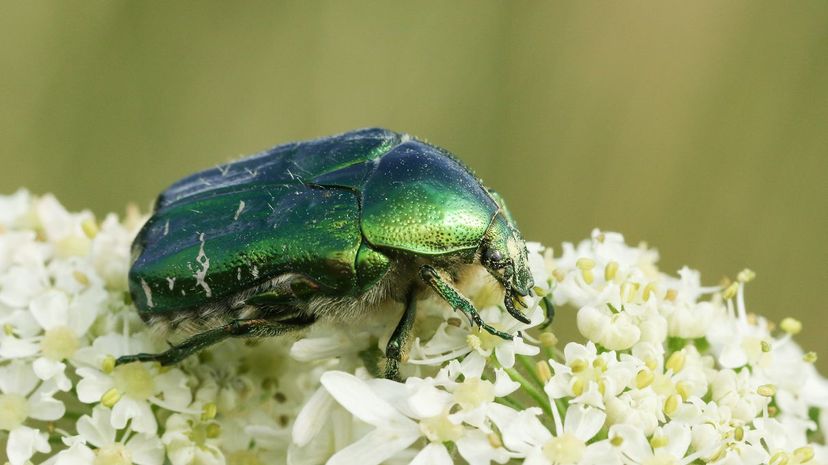
The humble beetle can be found all over the UK, with many varieties, many brightly colored. Beetles aren't typically a bother for humans, but the type will tell you what else is around, as some beetles prefer to eat rotting wood, some animal carcasses, and some eat only animal faeces.

While all of these creatures are gastropods, the one in question is a snail. Gastropods, so named because of their anatomy, are very similar, with slugs and snails the most similar. The main difference between the two? Slugs don't have shells.
Advertisement
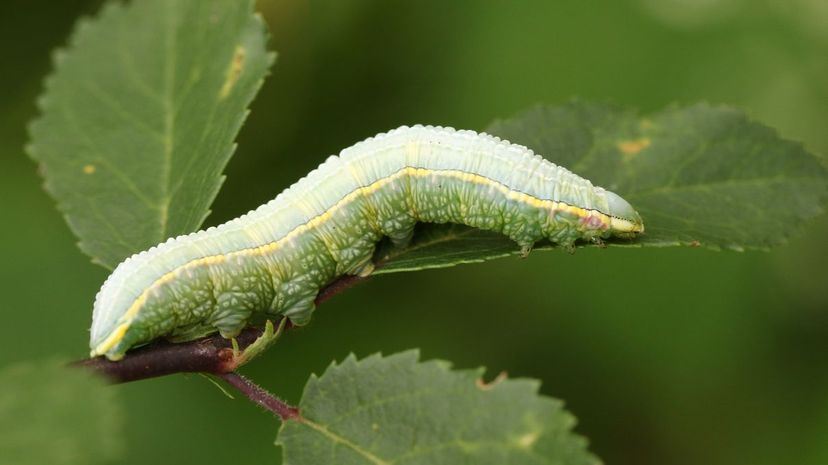
Caterpillers are not so much a creature unto themselves, but rather the larval stage of life for what can become either a butterfly or a moth. The main difference? Butterflies are lovely, and moths destroy your clothes and curtains!
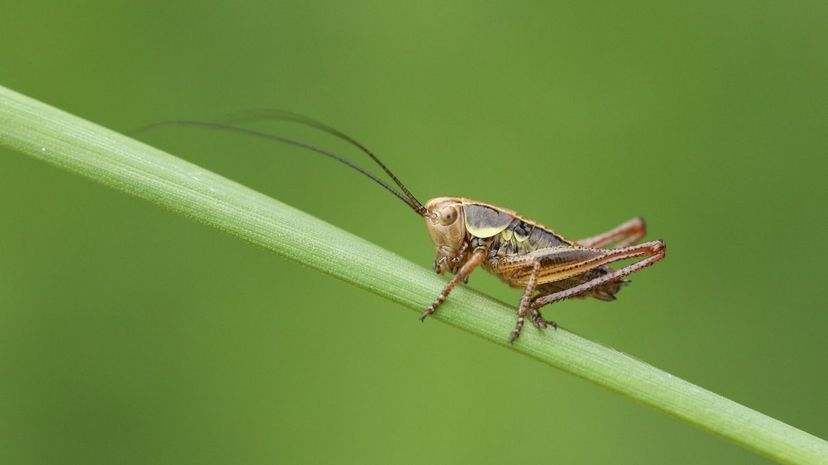
Crickets have fascinated and enchanted people for thousands of years, with writers as diverse as Charles Dickens writing about them in the 1800s, and the poet Du Fu writing about them in the 700s. Crickets produce their unique sound by digging a burrow they use like an amphitheater to amplify the noise they make by rubbing their wings together.
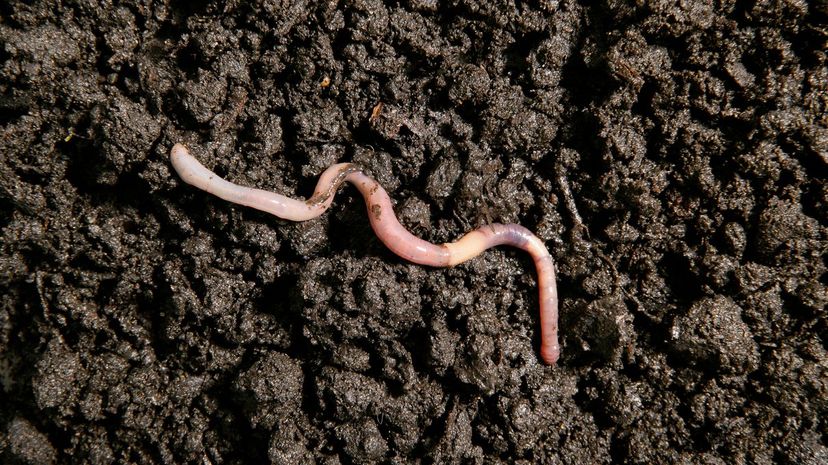
The anecic earthworm differs from its cousins in that it lives both under and on top of the ground, whereas other earthworms live only in one or the other environment. These creatures are essentially one long digestive tract with enough brain and muscle to find its way to food, which is usually decaying organic matter.
Advertisement
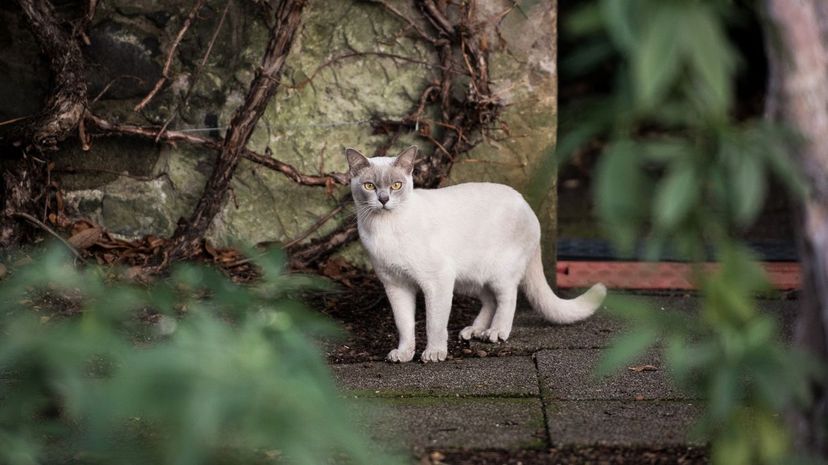
Stray cats are a common sight in backyards across the country, from urban settings to the countryside. Cats are versatile predators, capable of finding small prey to suit them almost anywhere and holing up in whatever shelter they can find a way into. They may look like your pets, but they are decidedly wild, so steer clear.
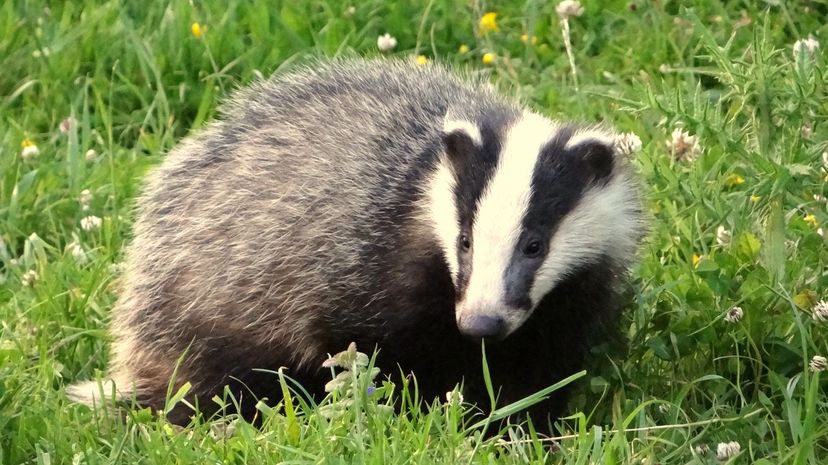
Strange, just a little cute, and full of attitude, these little creatures are nocturnal, tough, and not to be harried. Omnivores, their toughness is born out in other parts of the world where they are known to hunt some of the very predators that hunt them, including coyotes!
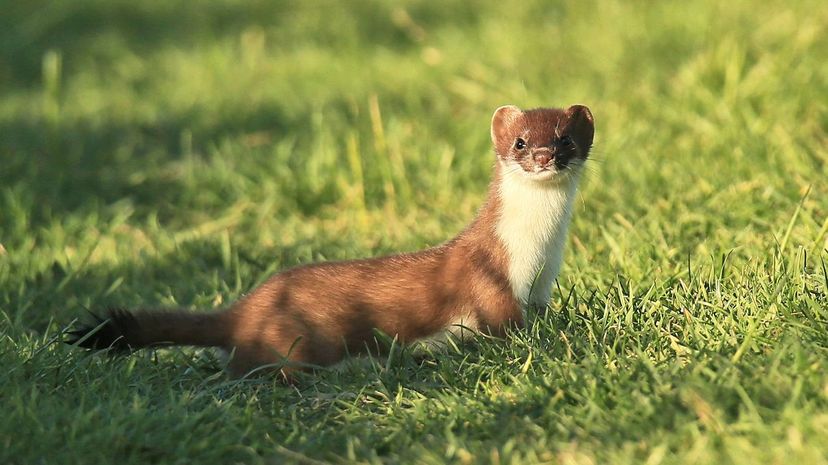
The stoat is very like the weasel, with a few key differences. For a start, stoats are larger. Weasels tend to stay low to the ground as they move while stoats bound about. Finally, weasels remain brown all year, whereas stoats can turn white in winter.
Advertisement
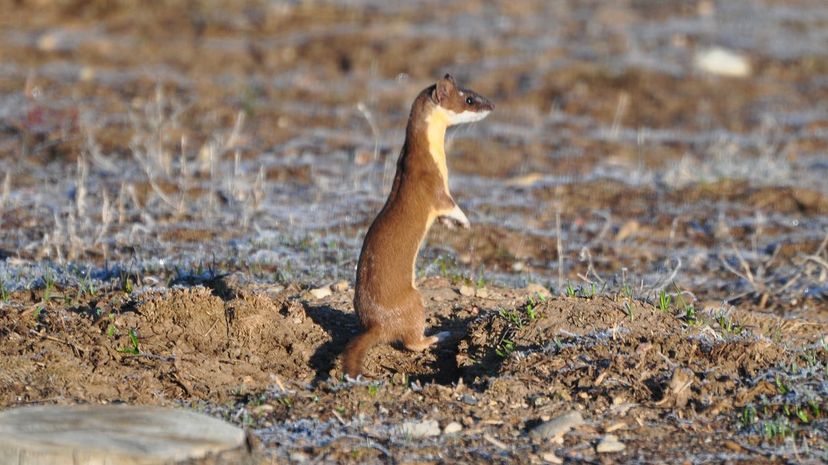
Weasels can be found all over the UK, with some living wild in forests and others finding niche opportunities for survival in and around human settlements. Weasels can be cute, but remember that they are not pets!
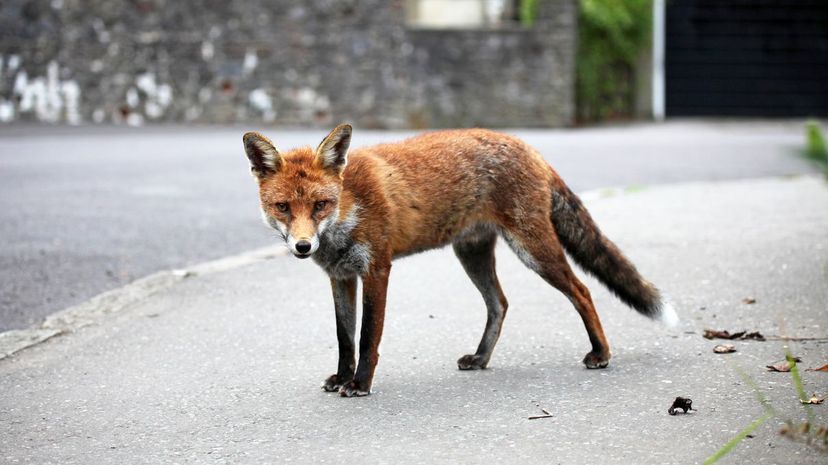
Foxes, distant relatives of wolves and dogs, are one of the most highly adaptable creatures in the world, with varieties found in temperate and even arctic environments. Intelligent, stealthy and diminutive, foxes can be hard to spot.
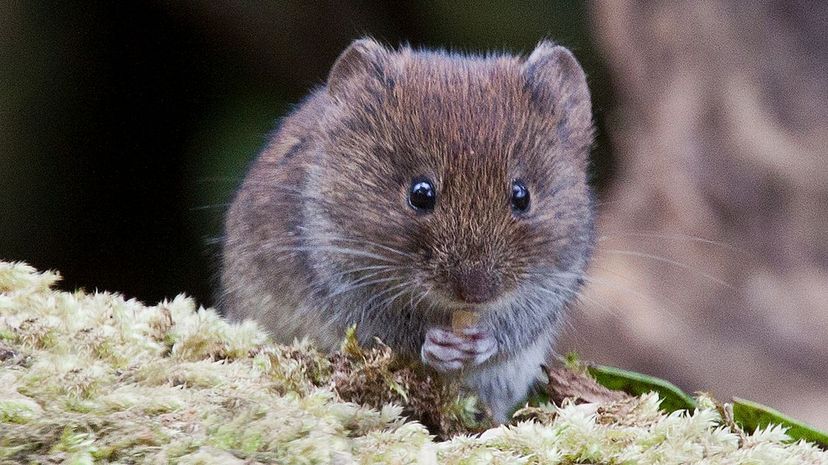
Voles look very much like many other small rodents, which can make them difficult to recognize. They mostly eat plant matter, but they will eat dead animals if available. As they are burrowers, they can be very destructive to certain plant life.
Advertisement
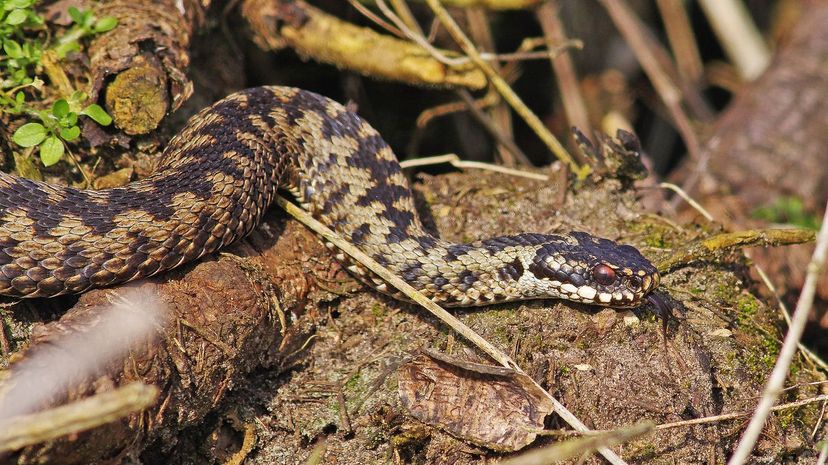
Adders are venomous predators, so if you spot one, don't approach it. Their preferred diet consists of birds, amphibians, small mammals and eggs. They use their fangs to inject venom into their prey and then unhinge their jaws to swallow them whole!
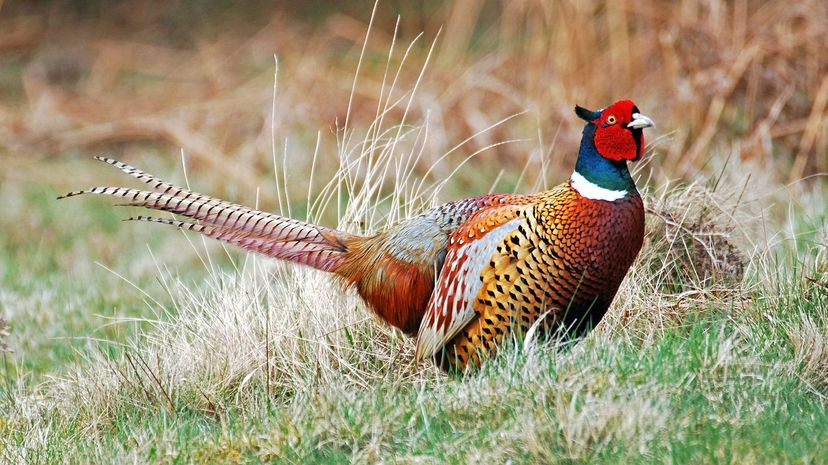
Pheasants are prized for how they look and how they taste, as they are a common ingredient in many poultry recipes, and their multicolored feathers are used in various crafts. Not very bright, they may wander into your property, or worse, onto the road as you drive by, so be careful out there!
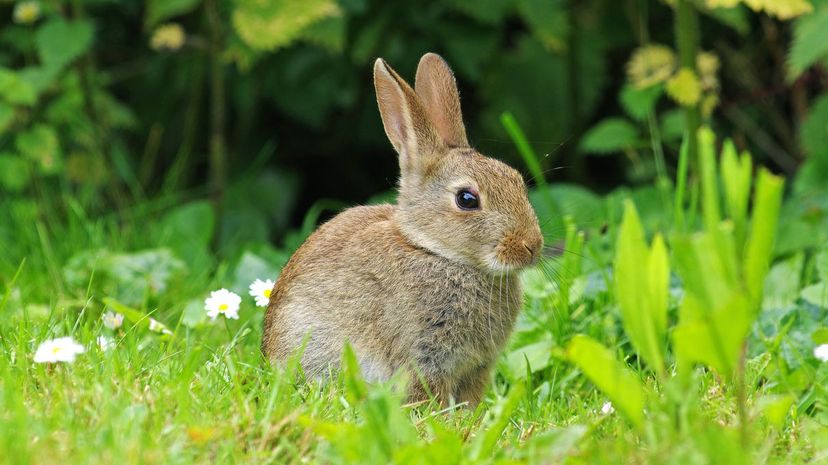
All of the above animals are types of rabbits, but only the European rabbit is the natural, wild rabbit one is likely to find on one's property unless you keep a rabbit as a pet. All of the other types of rabbits can be purchased commercially as pets.
Advertisement
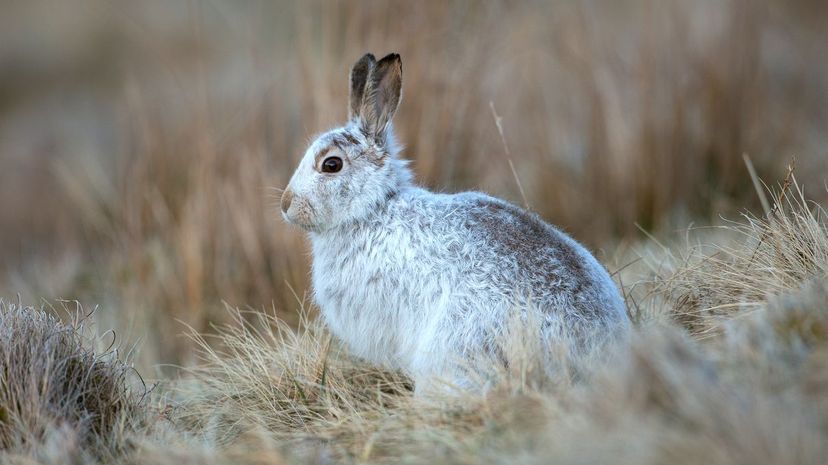
The mountain hare is a hare you may encounter in the Scottish Highlands. Its coat changes to camouflage it for the season, with brown and grey for the summer and white for the winter. In their habitat, there are 30 to 70 mountain hares per square kilometer.
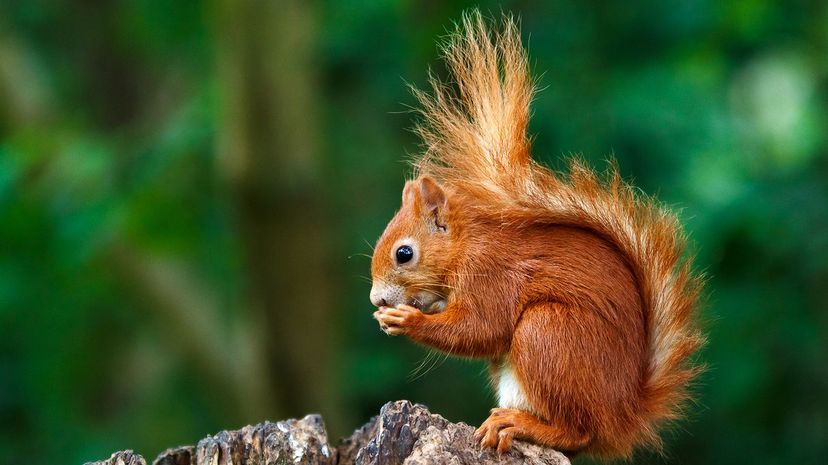
Red squirrels are a very common sight in the countryside, especially in the woods, where they are especially well-adapted, with their climbing abilities. Their major threat is not predators, but the grey squirrel, which is from North America and an invasive species with diseases that can kill the red squirrels.
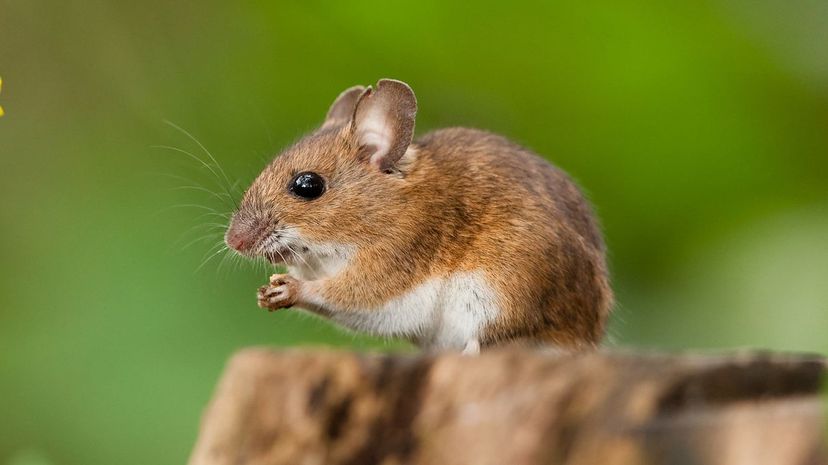
This hardy little survivor can be found in Britain, Scandinavia and as far afield as Asia, but don't congratulate it. These mice are particularly harmful to humans as they often work as vessels for a variety of diseases that can kill humans, including the Dobrava virus (which causes hemorrhagic fever with renal syndrome) and tick-borne encephalitis.
Advertisement
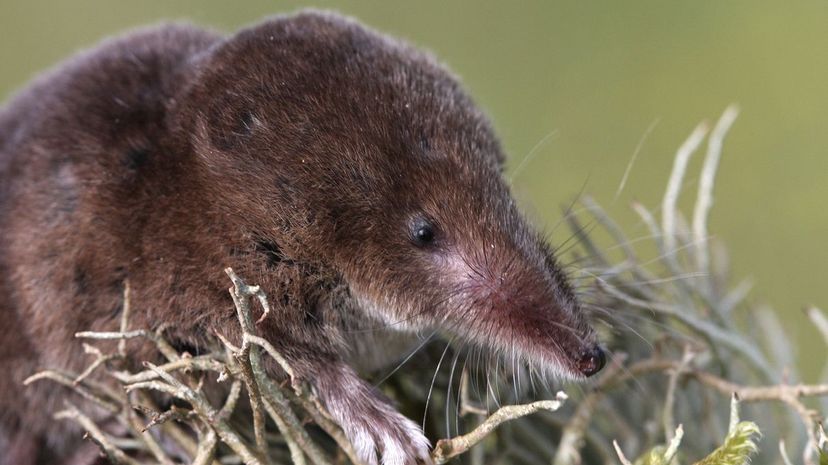
Shakespeare was on to something when he characterized a difficult person as a shrew, as these creatures look like mice, but are, in fact, a sort of weasel — a Boreoeutheria specifically — and can put up just as much of a fight as any of their real cousins. These little creatures are extremely territorial, and unlike many mammals, they have a venomous bite, transmitting venom through dental grooves.
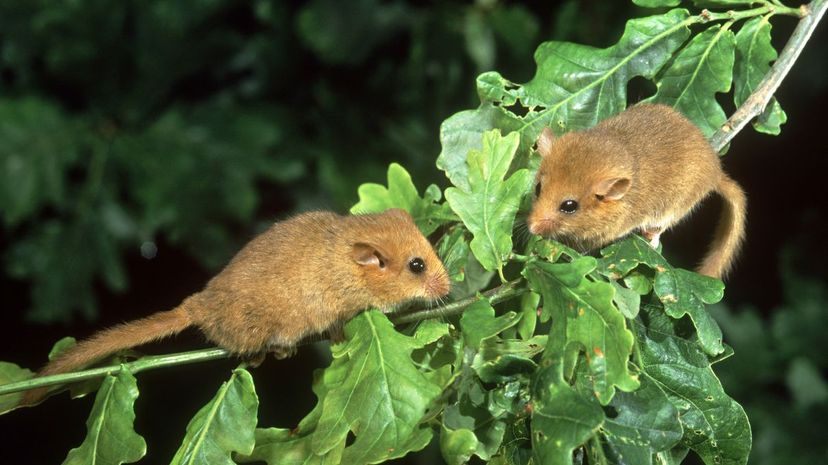
Dormice can be found in many regions of the world, but the one most people in the UK will be familiar with is the hazel dormouse. Surviving mostly on a diet of nuts and berries, the dormouse spends most of its life asleep, either in a torpid state or in outright hibernation.
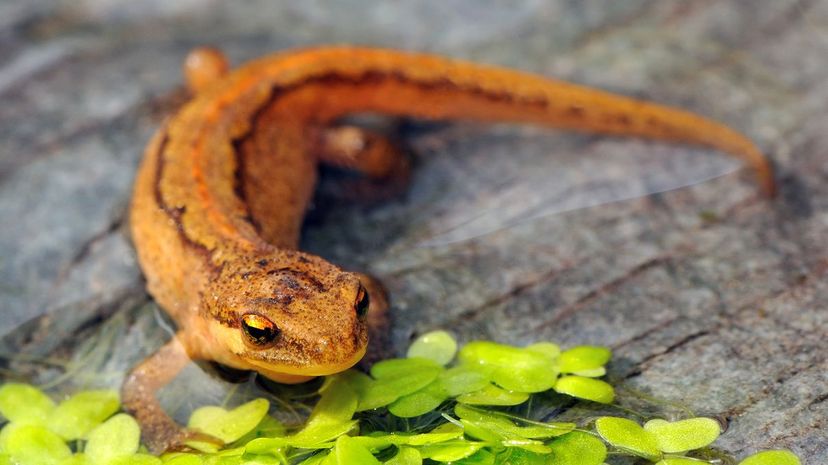
A type of salamander, newts spend more time in the water than the rest of their kin. Found in the wild and kept as pets, they have a defense mechanism by which they secrete a venom through their skin, which can actually kill a human being.
Advertisement
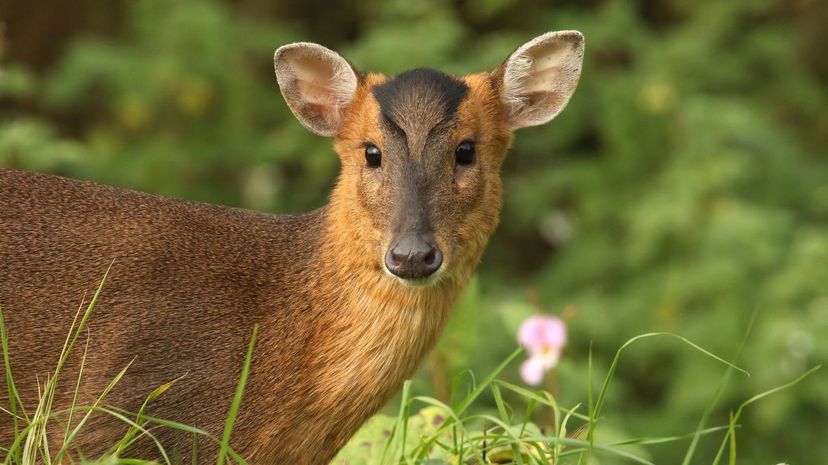
Muntjac is the oldest known variety of deer. Sometimes called "barking deer," these creatures were introduced to the UK from Asia in the 1800s when some were brought back to live in zoos, but some escaped and became the population of wild muntjac you see in the countryside today.
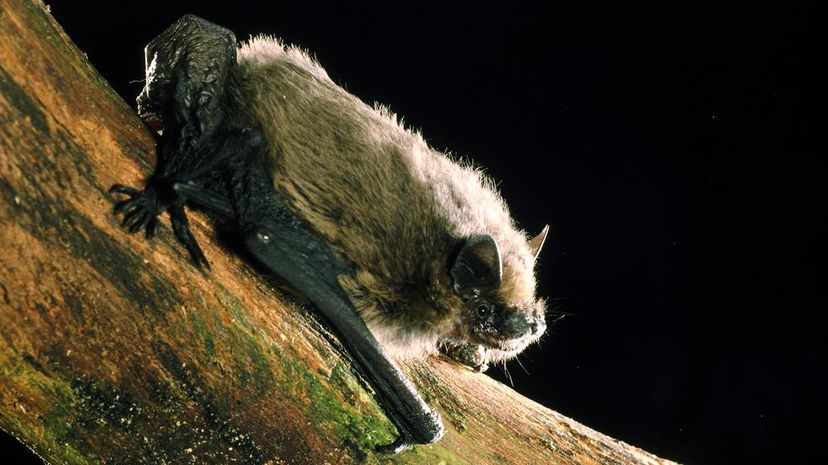
The common pipistrelle is a small bat with a big job: it eats insects, and in the UK, that means it eats midges. Specifically, the common pipistrelle will eat about 3,000 insects per night, which means they help keep you from being eaten alive by midges!
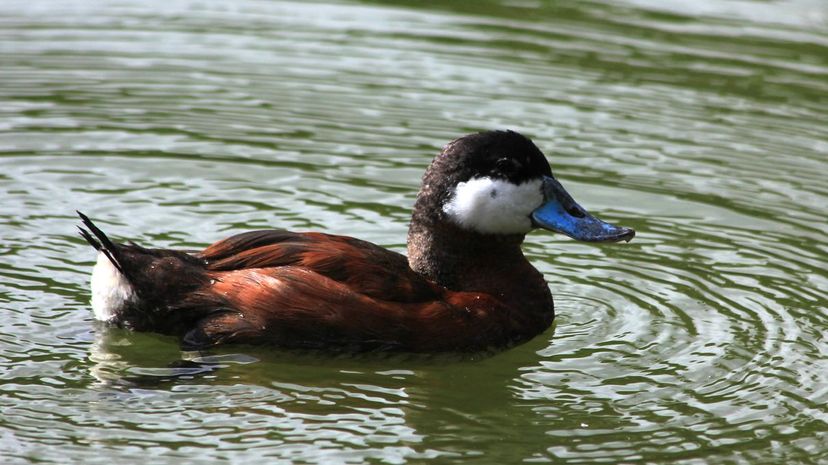
An invasive species from North America, ruddy ducks aren't a very common sight anymore because the government has established an eradication programme. Males have white cheeks and a blue bill, a black crown, and a chestnut-coloured body. If you spot one, take a photo because, with fewer than 100 in the UK, they will be gone soon.
Advertisement

Wigeons are ducks with small bills and round heads that one might see in the north of England and parts of Scotland. Males have a white patch on their wings, and all of these birds display white bellies when they take flight.
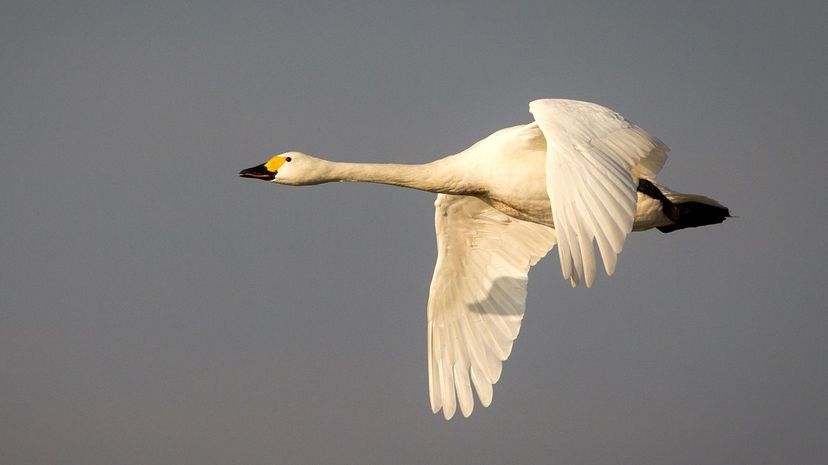
Bewick's swans number only 7,000 in the UK, and 23,000 in all of Europe. Weighing only about 6 kg, these swans are smaller than their cousins and have wings that beat faster. They have less yellow and more black on their bills than the larger whooper swan.
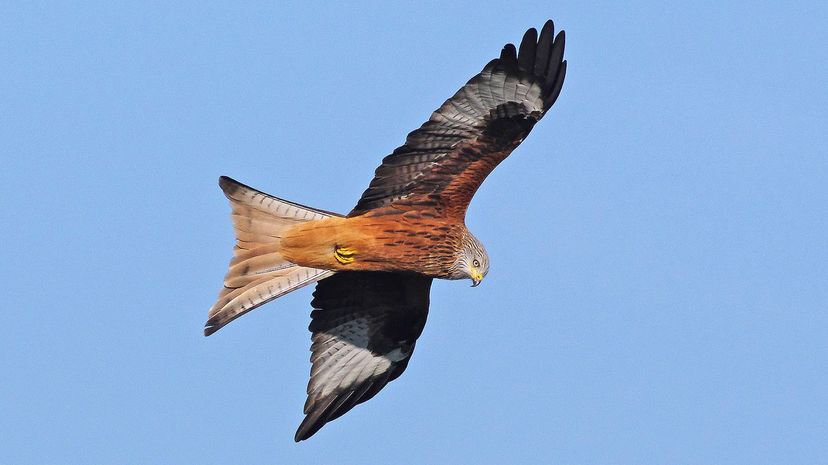
Kites are not a specific breed, but a category of bird of prey. Kites' wings and tail are designed so they can hang in the air and observe their prey, maneuver quickly and strike. They tend to eat small animals, carrion and insects.
Advertisement
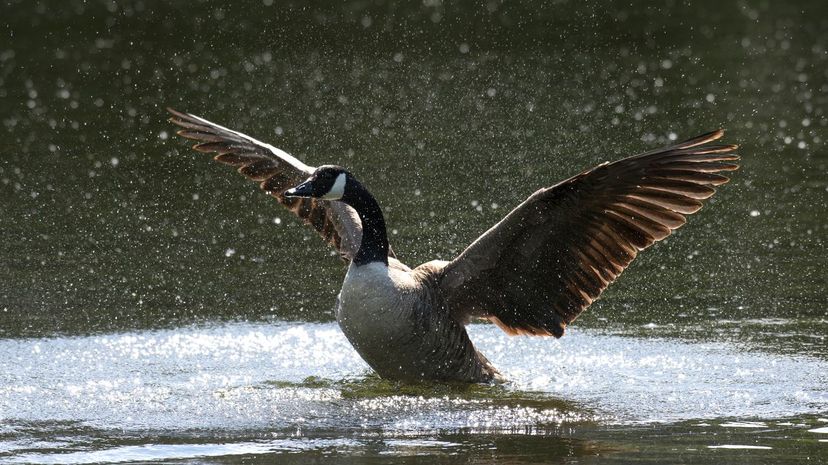
A large goose, the Canada Goose is, as the name suggests, not native to the UK, but it has spread far and wide. Often regarded as a nuisance, these birds travel in large, noisy flocks.